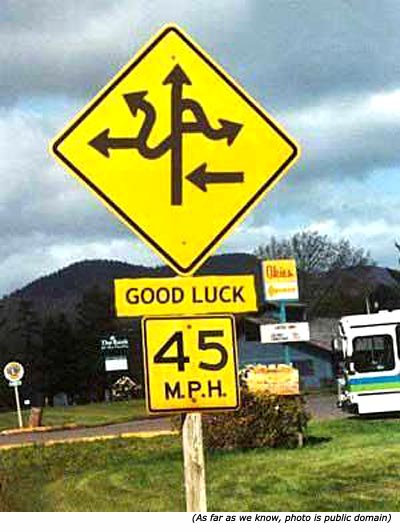Last night, I had the opportunity to attend an informal discussion with Racquel Russell, Special Assistant to the President for Mobility and Opportunity at the Domestic Policy Council. She spoke very briefly about her work on a range of issues at the White House related to widening the social safety net and improving systems supporting children and families, but she spent the majority of the session answering questions. The main takeaway seemed to be about messaging. In this economic climate, we have to get creative about funding -- leveraging public-private partnerships has the opportunity to multiply investments in an unprecedented way. At the end of the day, though, telling the right stories well is an important part of how to change the way we think about any issue.
NPR has been running a short series this week on how school dropout rates add to the nation's fiscal burden. The story is familiar to anyone in the field: failing to address the dropout crisis costs taxpayers billions of dollars in lost wages, increased use of social services like health care and welfare, and higher incarceration costs -- not to mention the more intangible costs to personal well-being, community connectedness, and overall civic health. Inaction is perilous, yet little has changed. The features highlight stories of the faces behind the numbers.
Whichever philosophy you prefer -- whether to focus on helping those who are already disconnected from education and the workforce (intervention) or those who are at risk of becoming disconnected (prevention) -- the message is plainly and simply that we have an economic imperative to address community challenges that are leaving behind so many young people every year, costing them and the nation billions of dollars.
Earlier this week, the Task Force on Job Creation highlighted youth unemployment as a key area to address the jobs crisis. One of the pull-quotes in the report rings true to the relevance of the Council's near-term focus on disconnected youth:
Earlier this week, the Task Force on Job Creation highlighted youth unemployment as a key area to address the jobs crisis. One of the pull-quotes in the report rings true to the relevance of the Council's near-term focus on disconnected youth:
Young people who do not have a successful work experience by age 25 are at a greatly increased risk of lifelong poverty.
Commentary this week by Algernon Austin in the Spotlight on Poverty and Opportunity only reiterates this point:
Once youth get into the habit of working, they become less likely to stop. Making an investment in teens now will ensure they have a better chance of continuing to work throughout their lifetimes.The quantitative case to the nation has been made, and reiterated again. The qualitative case to the nation has been made, and reiterated again. The question remains to be seen whether community leaders will act on this message and do their part to support this so-often forgotten population with untapped potential.









